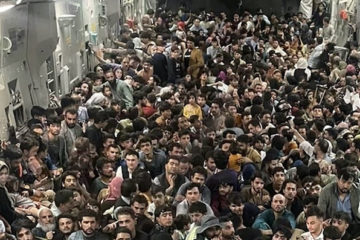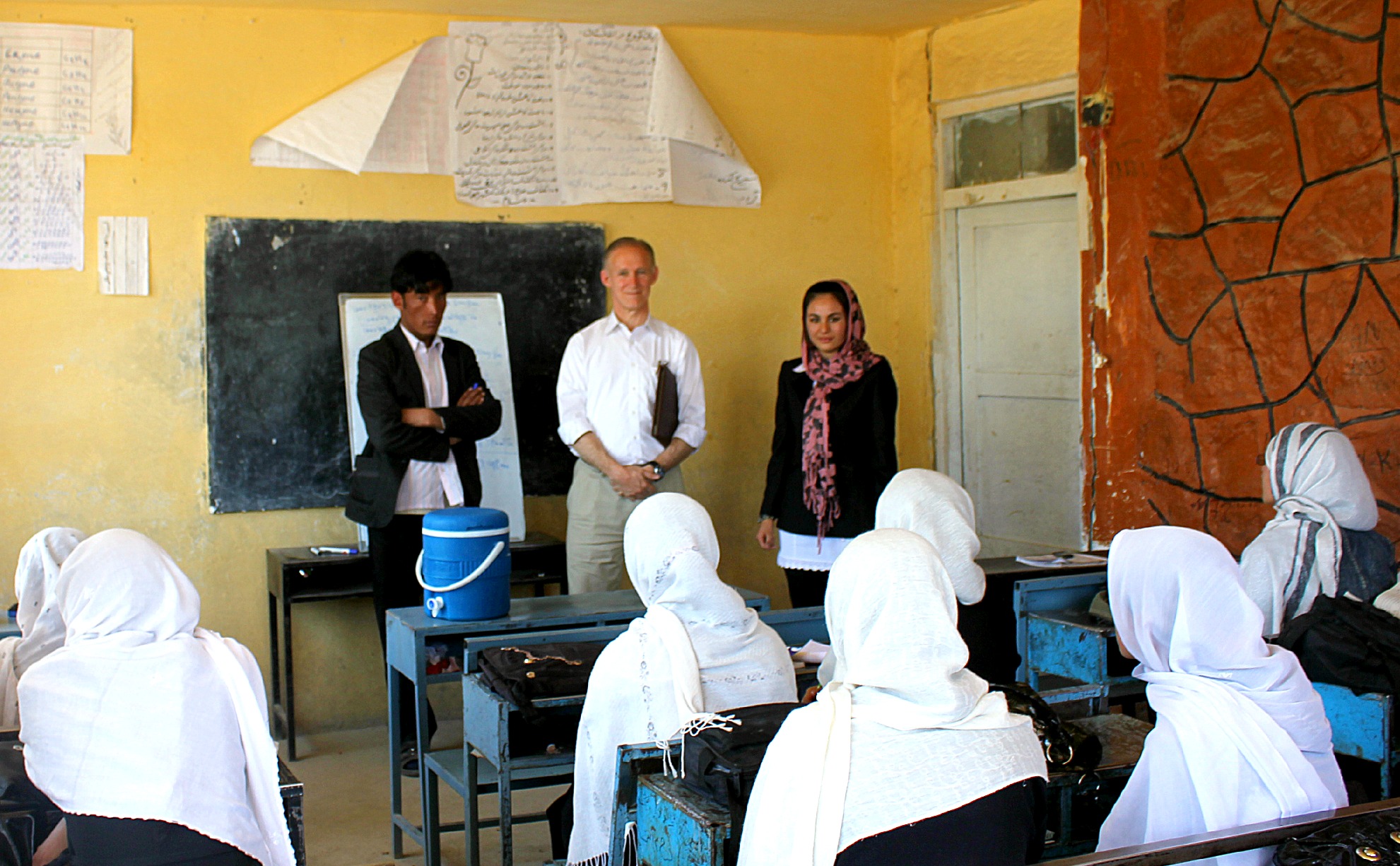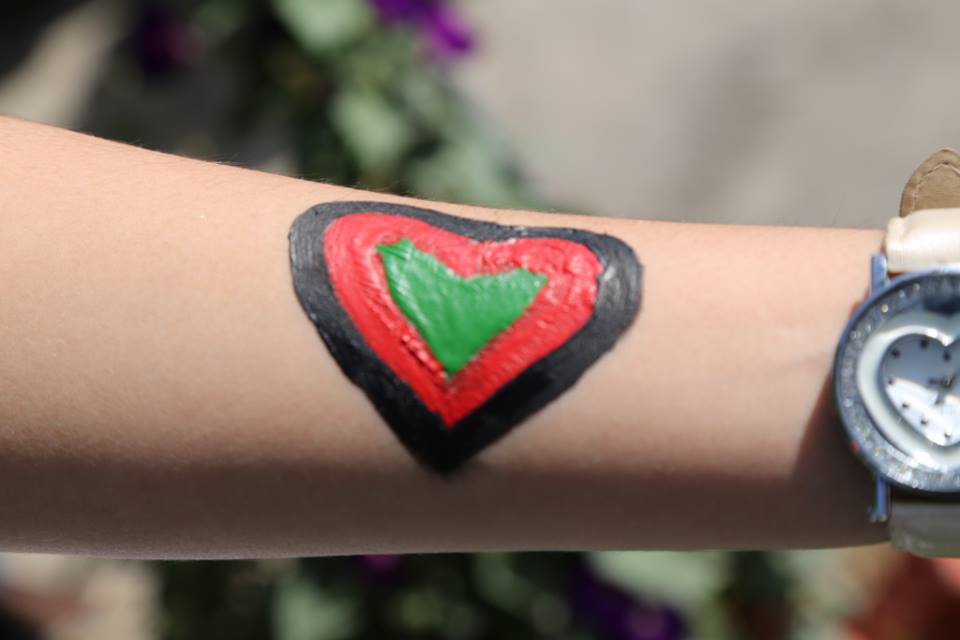Afghanistan held presidential elections on April 5, 2014, its third since the fall of the Taliban regime in 2001. Despite heavy rain and the threat of attacks from the Taliban, people turned out in record numbers and patiently waited for hours just for the chance to vote. After having lived through two terms of President Hamid Karzai’s administration which has been plagued by corruption, poverty, and insurgency among others, Afghans looked to this election as the opportunity that would usher in the peace and prosperity they had needed for so long.  And they showed their hope by participating.
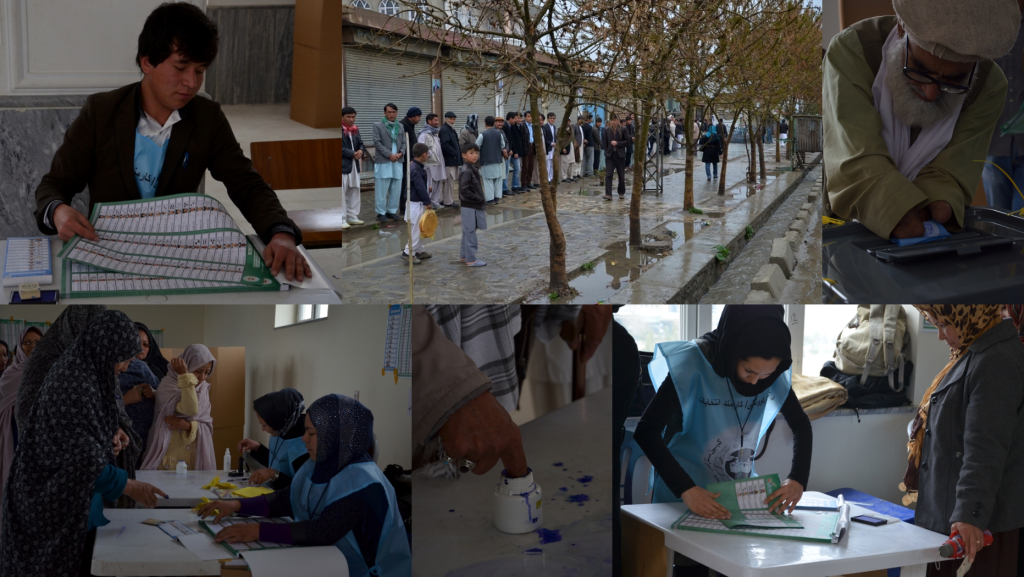
Pictures taken by Jawad Kia
The Candidates
A total of 26 candidates, including one woman, registered their candidacy with the Commission for Presidential Elections. But this figure dwindled down to 11 when the rest became disqualified due to having dual citizenship among other reasons. Incumbent president Hamid Karzai was not among the contenders as he is constitutionally barred from running for a third term. The final list of presidential candidates as announced by the Independent Election Commission (IEC) on November 20, 2013 included Abdul Qayum Karzai, Abdul Rab Rassoul Sayyaf, Abdul Rahim Wardak, Abdullah Abdullah, Ashraf Ghani Ahmadzai, Daud Sultanzoy, Hedayat Amin Arsala, Mohammad Shafiq Gul Agha Sherzai, Qutbuddin Helal, Sardar Mohammad Nader Naeem, and Zalmai Rassoul.[1]
This number was further reduced when three candidates pulled out before elections were due to take place. Two of the candidates who stepped down—Abdul Qayum Karzai, President Karzai’s brother, and Sardar Mohammad Nader Naeem— subsequently endorsed fellow candidate Zalmai Rassoul.[2] Â The third candidate who withdrew was General Abdul Rahim Wardak.
It is worth noting here that each of the presidential candidates has two named deputies– first and second vice-presidents–a practice that is perhaps unique to Afghanistan. The choice of running mates is seen as a way of forging political alliances with the main ethnic communities that make up the country.[3] Thus, while all of the presidential candidates are ethnic Pashtuns (except for Abdullah who is half Pashtun, half Tajik), most of the deputies they selected are of other ethnicities. The deputy nominees range from an Uzbek warlord to a Tajik political leader as well as a Hazara woman who had served as governor.
Of the eight remaining presidential contenders, opinion polls identified two as the front runners–Abdullah Abdullah and Mohammad Ashraf Ghani Ahmadzai .[4] Abdullah Abdullah is a former foreign minister who had contested in the 2009 presidential elections. He heads the National Coalition of Afghanistan. Ashraf Ghani Ahmadzai is a former World Bank executive. Regarded as a technocrat, he presently serves as the chairman of the Institute of State Effectiveness. Like Abdullah he too contested in the previous election.
Most of the other candidates, except for Abdul Rab Rassoul Sayyaf, had served the government in various capacities.
 The Election Campaign
The presidential election campaign formally started on February 2, 2014. Of the various campaign activities conducted, televised election debates was a new experience for the media in Afghanistan. Â These debates, which were widely telecast, helped the voters decide on the candidates of their choice based on the manifestos presented.
Fears about the country’s security situation ran rife. The rise of violent incidents clearly meant to destabilize the elections made the people apprehensive about voting. The Taliban only served to heighten fears when it issued threats to disrupt the electoral process which it avidly rejected.
It was thus natural that concerns about the country’s security transition—embodied by the Bilateral Security Agreement (BSA) and the timing of its signing—was seen as one of the major issues in this election as revealed in  a survey done by the National Democratic Institute.[5] The issue of security transition is closely linked to Afghanistan’s political and economic development.
Election Day and the Unexpected Turnout
Despite the series of violent incidents, the people of Afghanistan were not deterred.[6] They defied the threat to their lives and showed resolute courage by coming out to vote on election day.
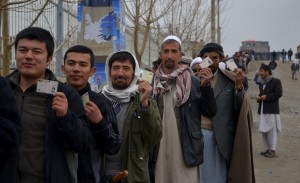
Picture taken by Jawad Kia
According to estimates given by the IEC, some 58 percent, or 7 million out of the 12 million eligible voters, cast their ballots. And out of the 7 million who voted, 36 percent were women. [7] Due to the high turnout, some polling stations were reported to have run out of ballot papers. Election officials even had to extend voting time as well so as to accommodate the increased number of voters.
The impressive turnout was significantly due to the active campaigns conducted via social media. [8]
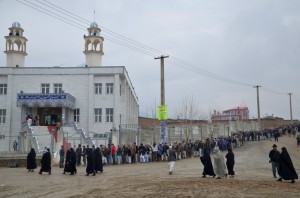
Picture taken by Jawad Kia
The Results
With all the votes having been counted, no clear winner has emerged from among the contenders. Of the two front runners, Abdullah Abdullah is ahead of Ashraf Ghani by a slim majority. However, the number of votes he has received is not sufficient to get him declared as the next president. A clear winner needs to secure at least 50 + 1 percent of the votes.
To resolve a standoff like this, Afghan laws stipulate the holding of an election runoff between the main contenders. Thus a runoff election has now been set for June 7. [9]
Be that as it may, ordinary Afghans see the election as making a positive difference in their lives. It is hoped that their trust and confidence in this democratic process for change will remain.
1 http://www.elections.pajhwok.com/en/presidential-candidates/nominees-list?field_election_year_tid=13
[2] http://www.khaama.com/another-presidential-candidate-to-withdraw-in-favour-of-zalmai-rasoul-3478
[3] http://iwpr.net/report-news/afghan-presidential-candidates-2014
[4] http://en.wikipedia.org/wiki/Afghan_presidential_election,_2014
[5]https://www.ndi.org/files/NDI-Afghanistan-Pre-Election-Assessment-Mission-Statement-9-December-2013.pdf
[6] http://thediplomat.com/2014/04/people-in-afghanistan-ready-to-defy-the-taliban-and-vote/
[7] http://www.npr.org/blogs/thetwo-way/2014/04/26/307147763/afghan-election-heads-toward-runoff-women-cast-36-percent-of-votes
[8] http://www.dw.de/experts-afghan-turnout-boosted-by-social-media/a-17550372
[9] http://thediplomat.com/2014/05/afghan-election-runoff-calling-obama-and-karzai/
